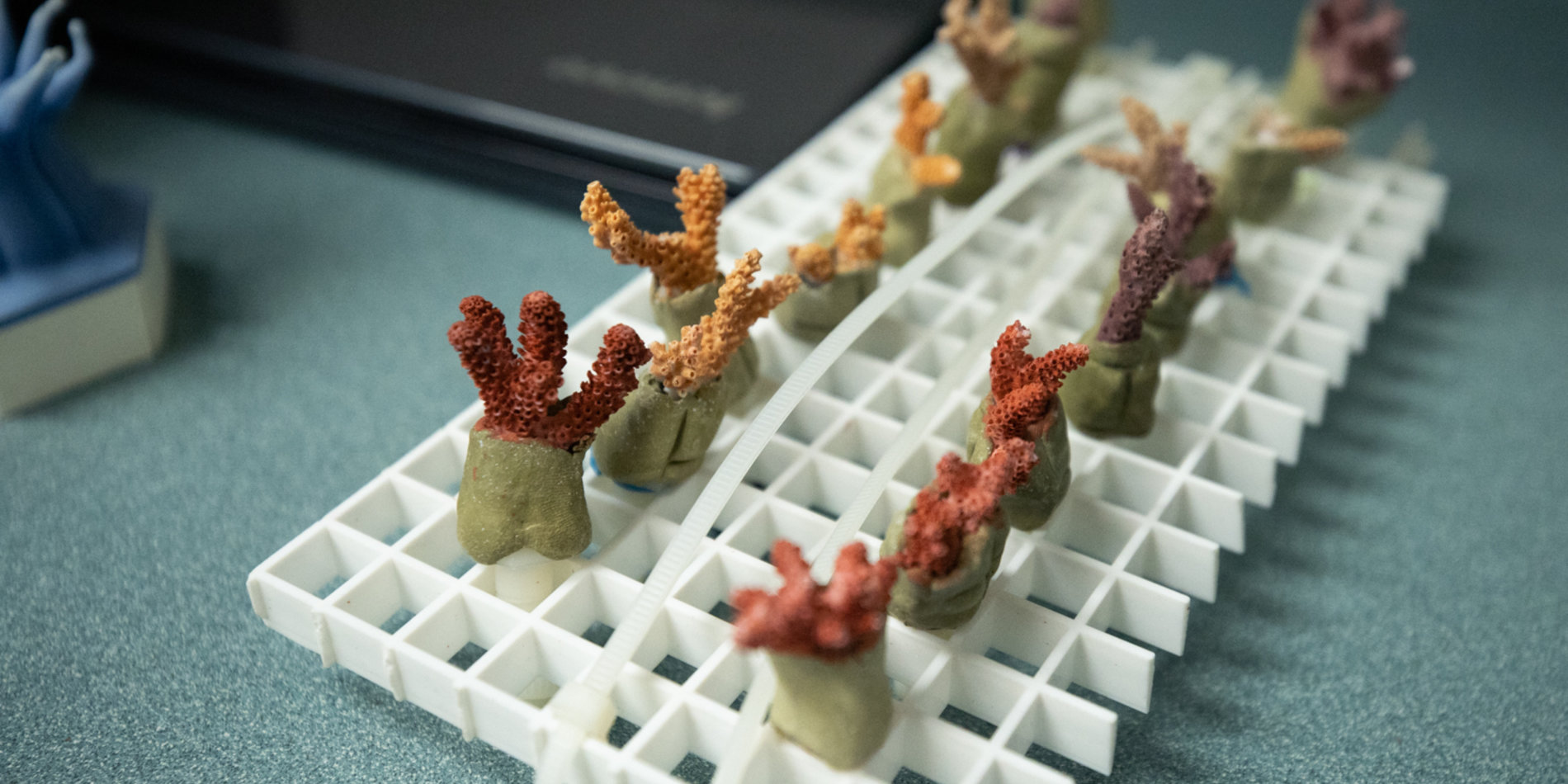The importance of maintaining adequate levels of oxygen in the ocean is perhaps best summarized by the motto of the American Lung Association: “if you can’t breathe nothing else matters.”
Climate change and nutrient pollution are driving life-sustaining oxygen out of the ocean and coastal waters, through a phenomenon known as deoxygenation. This loss of oxygen compounds problems from ocean warming and acidification, threatening marine life and fisheries around the world, according to a new report by the IUCN.
The loss of oxygen in the ocean is increasingly disrupting ecosystems and threatening top predators such as tuna, marlin and sharks. But it is not a new problem. Over the past 50 years, global dissolved oxygen in the ocean has decreased by ~2% and scientific data indicate that this trend is set to continue. The number of reported sites affected by low oxygen conditions has dramatically increased during the last few decades. Runoff from rivers bring excessive nutrients like nitrogen and phosphorus, resulting in severe oxygen depletion and animal deaths along coastal areas worldwide. Take the Baltic Sea for example, where oxygen depletion near the sea bed has resulted in extensive dead zones.
“This report represents the largest study to date on global ocean deoxygenation from climate change and human pressures,” explained COS co-director Fiorenza Micheli, co-author of the report. “It shows the widespread and escalating loss of life-sustaining oxygen from the ocean. It is a timely wake-up call for bold action and critical research investments going into the UN Decade of Ocean Science and the Sustainable Development Goals.” Other Stanford authors include Larry Crowder and former graduate students Crystal Ng, Tim Frawley and Natalie Low.



